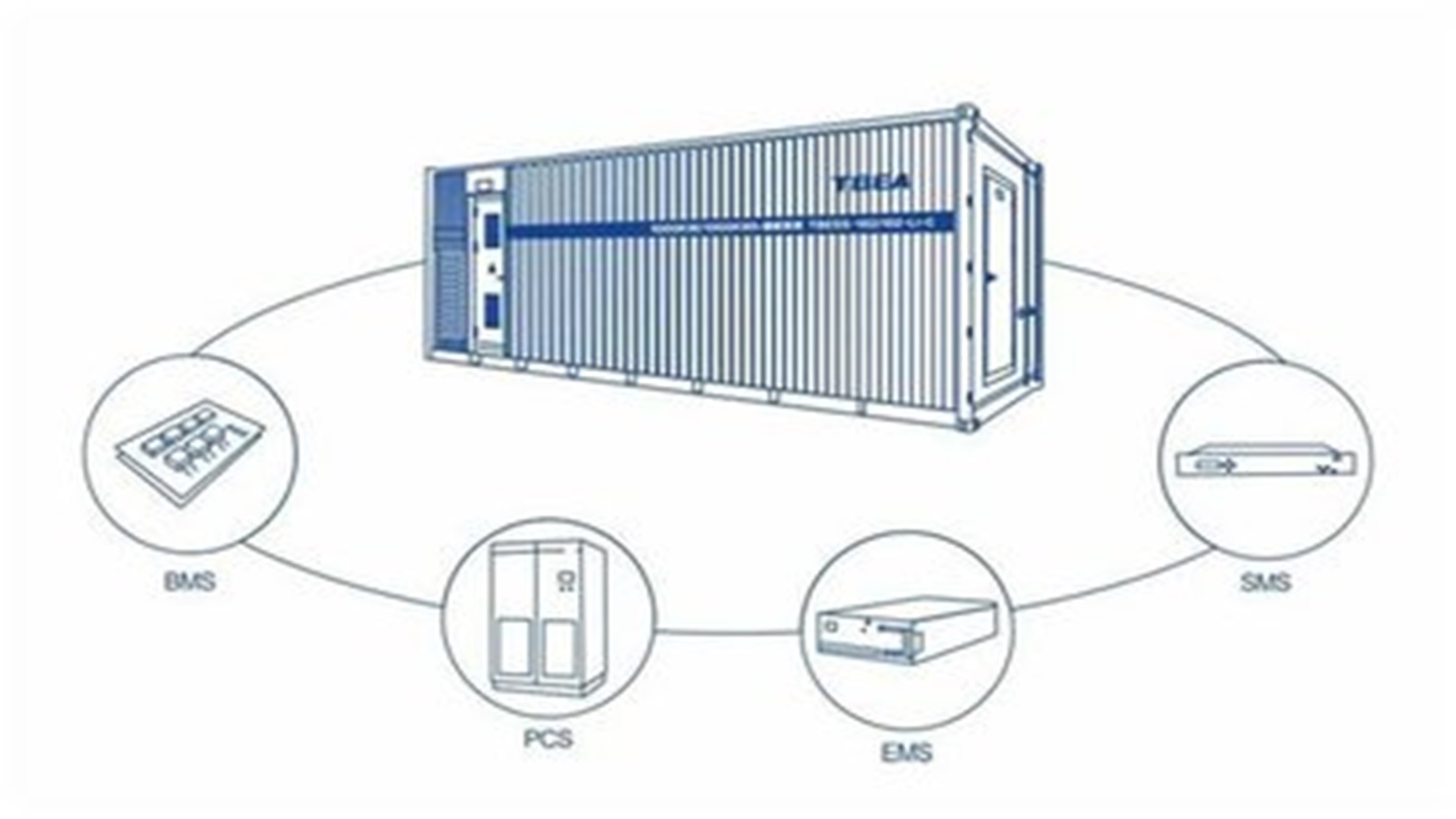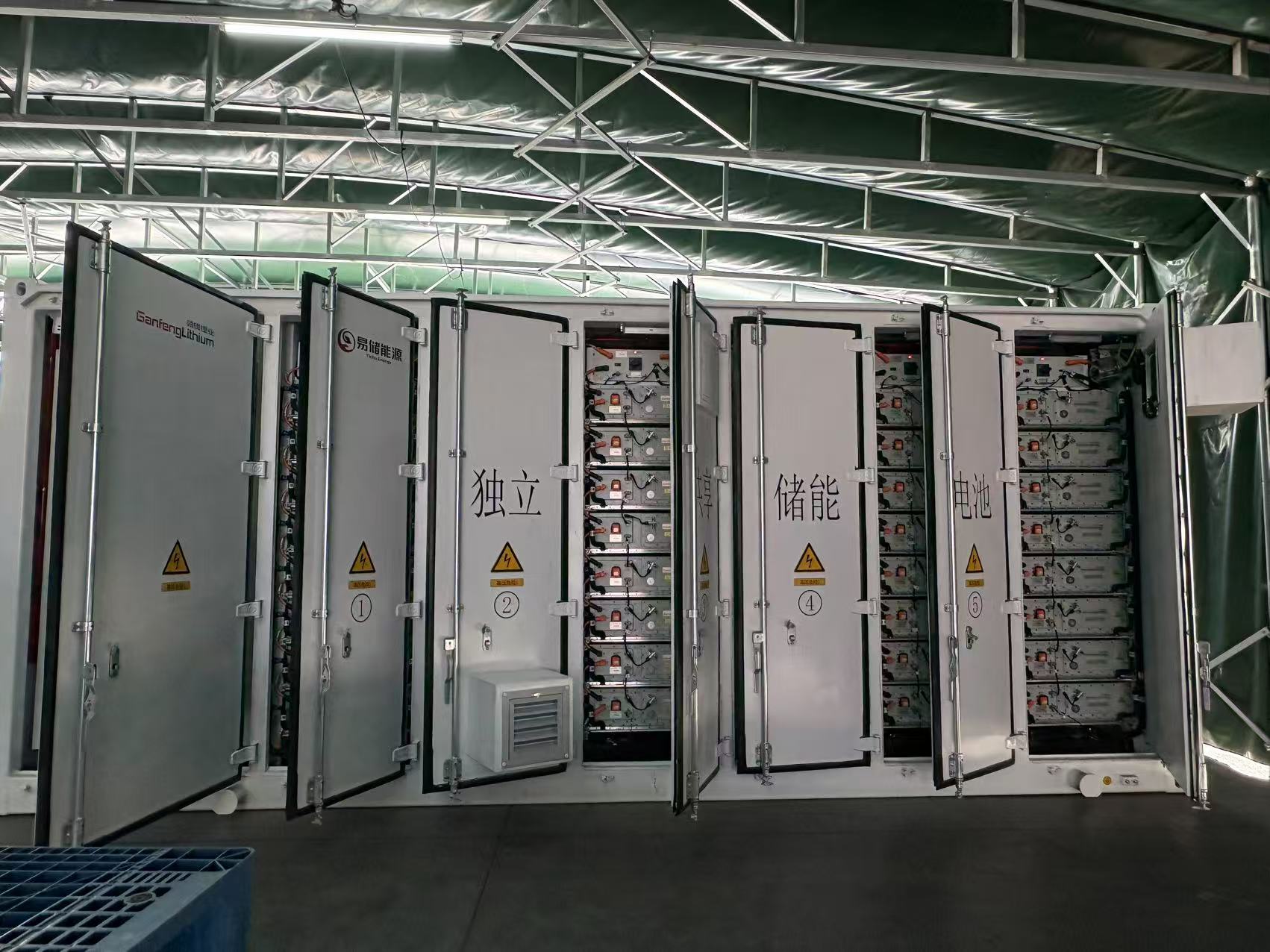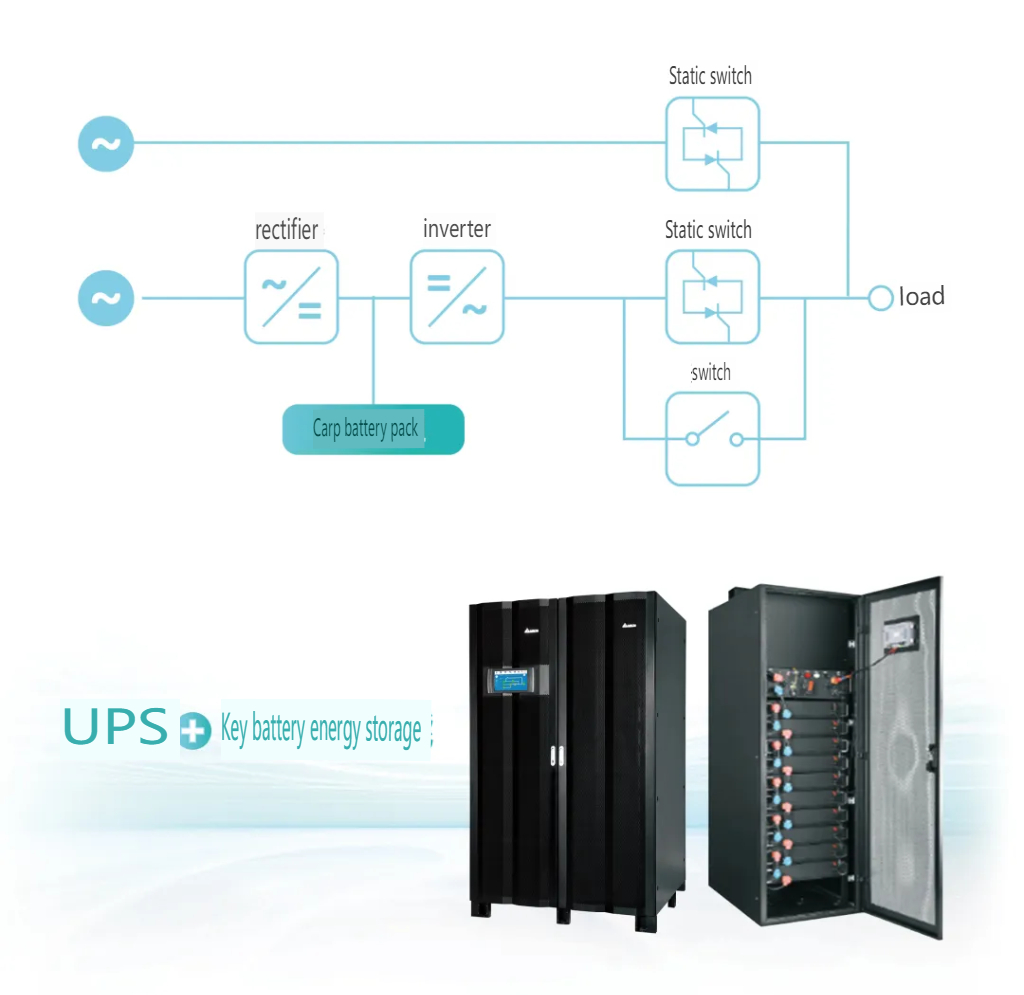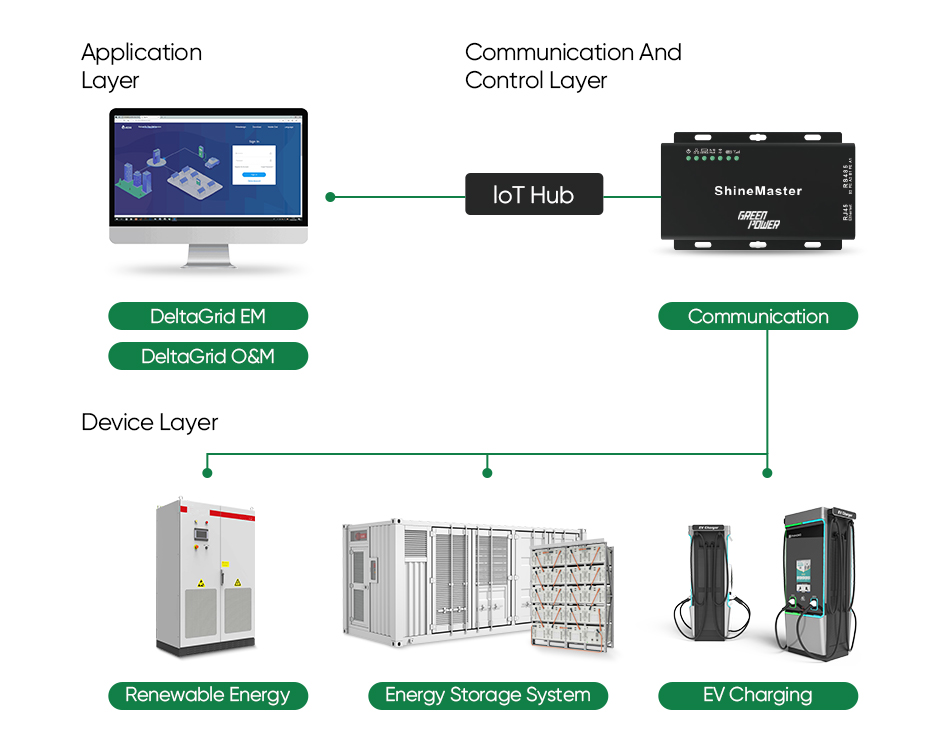1. System Composition: Building Blocks of Energy Storage
Commercial and industrial energy storage systems are like "power stewards" built from several key modules:
-
DC Side: Batteries + Their Manager
Batteries are the "heart," storing and releasing electricity. The BMS (Battery Management System) acts as a 24/7 "battery nanny," monitoring status, protecting against overcharge/discharge, and extending battery life. -
AC Side: The Current Transformer
The PCS (Power Conversion System) is a "current magician," converting DC to AC and vice versa. A transformer is needed for high-voltage grids to match voltages and prevent issues. -
Management Brain: EMS
The Energy Management System (EMS) is the "commander," overseeing operations, optimizing charge-discharge strategies, and communicating with the grid. -
Support Crew: Auxiliary Systems
Air conditioning, fire protection, and monitoring alarms work silently to safeguard the system—can't live without them!
2. Why Efficiency Tanks: The Usual Suspects
These factors drag down storage system efficiency:
-
Battery Mood Swings
Efficiency varies by battery type (lithium > lead-acid). Aging, extreme temperatures, or fast charging make batteries "underperform." -
Current Conversion Losses
PCS always wastes some energy during conversion. Tech improves, but there's still room for better efficiency. -
Wired Energy Thieves
Cables and switches create resistance. In large systems, these "small losses" add up. -
Energy-Hungry Sidekicks
AC units and cooling systems guzzle power, especially in hot weather. -
Design & Strategy: Hero or Zero
Smart charge-discharge scheduling and heat dissipation designs boost efficiency; bad plans waste power.
3. Efficiency Math: Making Formulas Relatable
-
Overall Efficiency
Simple: total power fed to the grid ÷ total power taken from the grid. Higher ratio = better. -
Charging Efficiency
Factor in battery/PCS/line losses and auxiliary power to calculate real input energy. -
Discharging Efficiency
Subtract losses and auxiliary power from battery discharge to get net output.
4. Real-World Efficiency Calculation: A Case Study
Take a 1MW/2MWh project with 90% DOD, charging/discharging twice daily:
- Charging Efficiency: 92.59% after accounting for losses and 1.5kW/h auxiliary power.
- Discharging Efficiency: 92.38% with the same factors.
- Daily Overall Efficiency: 85.53% over two cycles. Actual projects adjust for specific setups.

5. Three Tricks to Maximize Efficiency
-
Design Tailoring
Customize charge-discharge strategies, pick efficient equipment, and cool batteries to cut waste. -
Smart Tech Overdrive
Real-time monitoring and precise control integrate the system with the grid for peak performance. -
Regular Health Checks
Maintain equipment, address aging, and fix faults—like giving the system a "physical" to keep it running strong.
6. Wrapping Up
Understanding energy storage efficiency is like decoding its personality. Complex but worth it—nailing this saves money and boosts reliability. Next time someone talks storage, you'll be in the know!
---
If you're interested in learning more about our solar energy storage offerings, we encourage you to explore our product line. We offer a range of panels and battery that are designed for various applications and budgets, so you're sure to find the right solution for your needs.
Website:www.fgreenpv.com
Email:Info@fgreenpv.com
WhatsApp:+86 17311228539
Post time: Jun-28-2025














